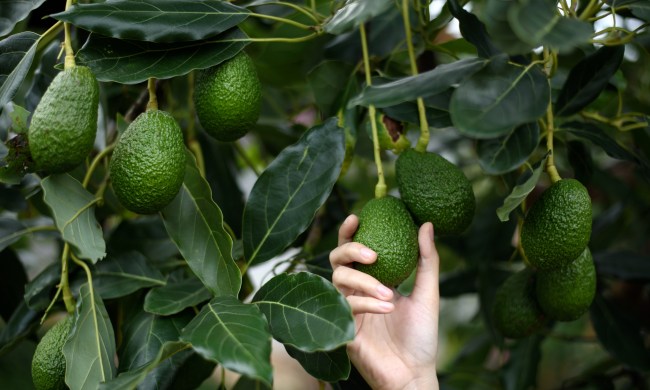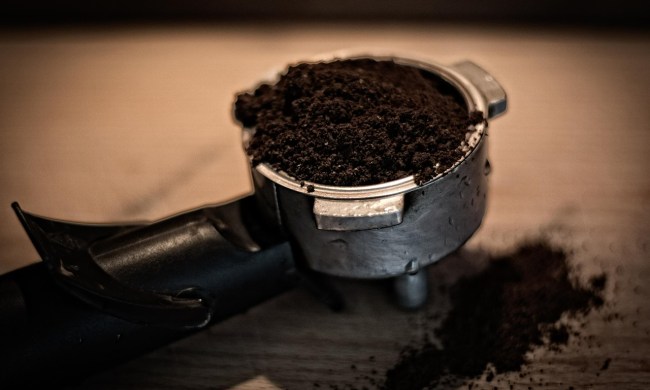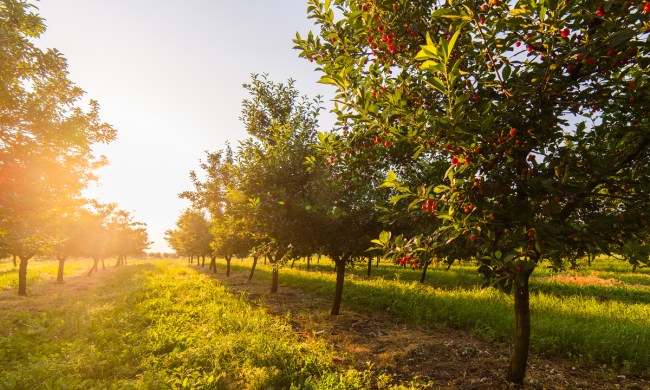Bananas are delicious, versatile, and full of nutrients our bodies need. They’re enjoyed by both people and animals, and although they may not be the first fruit you think of when planning your garden, you can in fact grow them at home. If you’ve ever eaten a banana, though, you may have noticed that they don’t have seeds like an apple or orange.
You may be left wondering about how bananas reproduce. Do they actually have seeds after all, or is there another way to propagate them? If you aren’t familiar with bananas, it can be frustrating to try and figure out what to do when you want to propagate them. To help you feel more prepared, we’ve put together this handy guide of everything you need to know about how bananas reproduce.
Where do bananas come from?
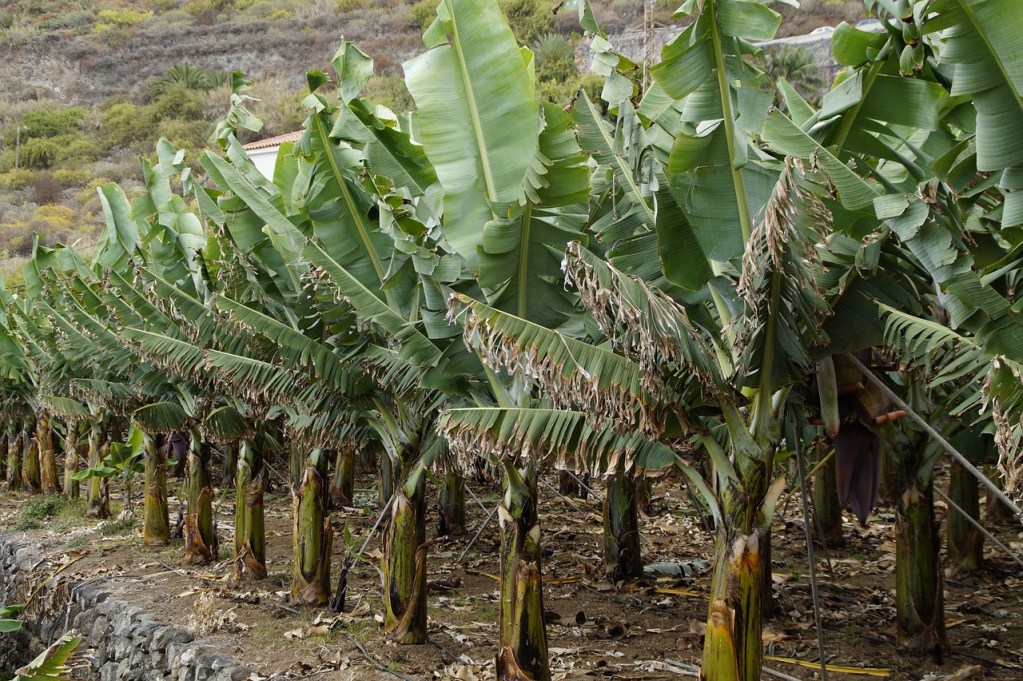
While it’s easy to find them at most grocery stores these days, bananas took quite a while to be cultivated and perfected into the delicious fruit that we enjoy today. It’s likely that bananas first hailed from Southeast Asia, specifically the tropical forests of Malaysia or the Philippines. Their origins can be traced back around 7,000 to 10,000 years ago, but the early bananas weren’t much like their modern-day descendants.
The first bananas were petite, had tough seeds, and lacked the sweet fruit part that we enjoy today. The form of the banana that we’re more familiar with likely came from Africa around the 7th century, during which the Musa acuminata and the Musa aaalbisiana wild bananas were crossbred.
Do bananas have seeds?

Well, yes and no. If you’ve ever eaten a banana and noticed the little black dots in the center, those are the seeds. If you’re thinking that those dots are too small to be functional seeds, you’d be correct. Unlike other fruit seeds, these seeds won’t develop into full, functional seeds. This means that you can’t just plant a banana and grow a banana tree.
Of course, most fruit trees don’t naturally produce fruit with seeds that won’t mature. Wild banana trees still exist, and they have plenty of seeds. So many seeds, in fact, that they’re nearly completely inedible. Wild bananas are also much smaller than the fruit we enjoy today. Over the course of centuries, bananas were domesticated and bred to have bigger fruit with smaller seeds until we eventually reached the varieties grown today.
How are commercial bananas grown?

So, if bananas don’t have mature seeds, how are they grown? Banana trees mainly reproduce through suckers, also called pups. These pups appear to be separate, smaller trees growing next to the adult tree, but they are an offshoot from the roots of that tree. This means they are the same plant attached at the roots. Banana trees produce pups as part of reproduction but also to increase the general surface area of the plant so they can absorb more light and water.
Once these pups are three to four feet tall, they can be separated from the adult plant. After separation, the pups can be planted on their own. They’ll continue to grow into mature plants, producing fruit and, eventually, pups of their own.
This method has benefits and drawbacks. It is generally faster and more reliable than growing from seed and takes less overall work than grafting. However, since each pup is a clone of the mature plant it came from, it decreases the overall genetic diversity of the larger banana population. This leaves bananas vulnerable to diseases since it takes much longer for the species to develop disease resistance.
Can you grow bananas at home?

Most of the bananas that produce edible fruit are cold-hardy up to USDA zone 9. In colder regions, they thrive indoors during the cold seasons. The Dwarf Cavendish banana was developed in English greenhouses in the mid-1800s, and it can be grown in your greenhouse today. However, they need six or more hours of sunlight daily and a long, warm growing season to set and ripen their fruit.
On the other hand, the Musa basjoo, or Japanese banana, is recognized as the most cold-hardy banana. It can withstand temperatures as low as minus 10 degrees Fahrenheit and grows to nearly 15 feet tall. Mature plants may even flower and produce fruit, but the fruit is inedible. In temperate landscapes, these plants die back each winter and then regain their full height by the middle of the growing season. If you like the aesthetic of banana trees but aren’t a fan of the fruit, this tree may be a great option for you.
Where to find banana pups
You can get banana pups at some nurseries or specialty stores, but you may have better luck online. There are even some dwarf varieties that can be grown in containers for an extended length of time and more cold-tolerant varieties in case you don’t live in a tropical location.
Banana plants need full sun and do best when planted in rich, well-draining soil. Most varieties prefer slightly acidic soil and are susceptible to wind damage, so consider that when choosing a planting location. Bananas also need lots of water and thrive in humid conditions.
Eventually, your banana plant will put out pups. You can either leave the pups attached or separate them when the pup grows to at least three feet tall. Some banana trees will produce pups when distressed to help the plant take in more water and light, so check that your plant is getting everything it needs when you first begin seeing pups.
Getting your hands on banana seeds
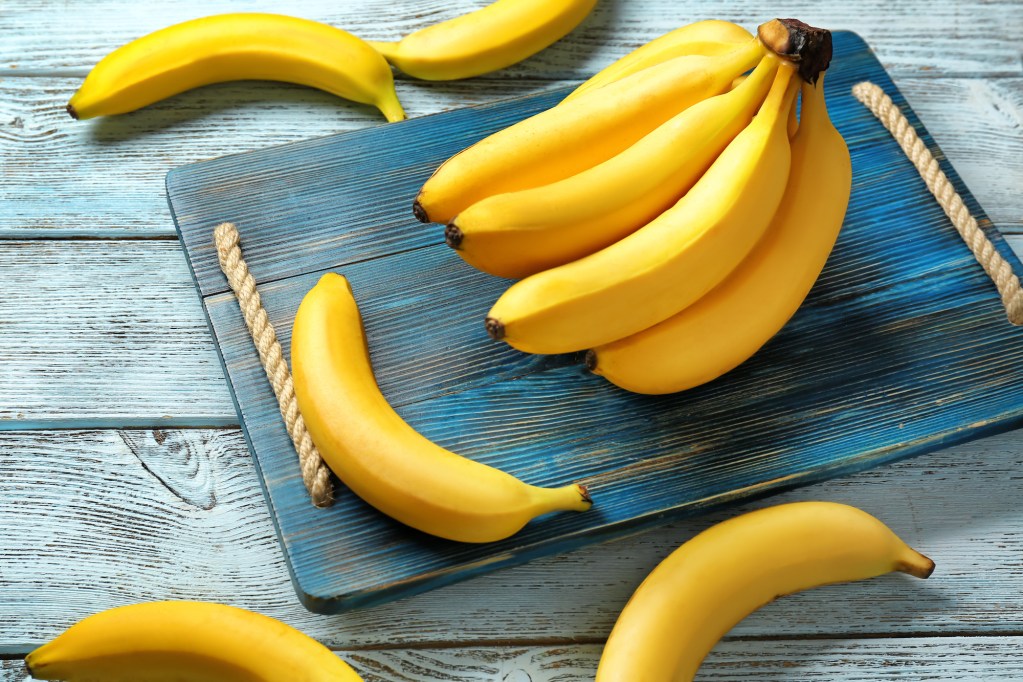
Unfortunately, you can’t save seeds from your breakfast banana and grow a banana plant. Banana seeds are contained inside the flesh — the edible part of the fruit. However, since the Cavendish subgroup is a hybrid plant, its minuscule seeds are not fertile. So, that’s why our bananas don’t have seeds.
From propagated pups
Farmers propagate banana plants through vegetative reproduction rather than seeds. These plants grow from thick, underground stems called rhizomes. The rhizome spreads and grows new buds and shoots near the base of the mature plant. The farmer removes these pups and plants them elsewhere on the farm. In an ideal climate, the pup can grow up and produce fruit in about nine months.
From seeds
Other bananas do grow from seeds, particularly those varieties that are closer to their wild ancestors. Start them in a protected garden area, container indoors, or greenhouse. Soak the seeds in water for a day or two to break the seed dormancy. Sow them a quarter-inch deep in moist soil. Depending on the variety, the seeds may sprout in as little as two weeks or it could take several months.
Are seedless bananas still fruit?

After learning about how bananas reproduce, some people are left wondering if bananas can still be considered fruit. After all, carrying the plant’s seeds is a key part of how fruits are defined. Although an argument can be made that commercial bananas are no longer fruit, they are still generally considered fruit.
The plant’s ovaries produce bananas, and they have seeds (even if they aren’t functional). Most importantly, the reason they don’t have functional seeds is because of the way we bred them, not because of any natural quirk found in the plant itself.
Do plantains reproduce the same way?

Plantains are sometimes the source of controversy, as people debate just how different they are from bananas. While they do have a different flavor and texture, they are not actually all that different from bananas genetically speaking. That’s grow in similar conditions and ways, and, yes, they also reproduce in the same way.
While plantain seeds are generally more viable than banana seeds, the plantain tree will also produce pups just like a banana tree. Many plantain trees die after their first fruiting season, but they almost always grow pups. These pups are the most reliable way to propagate your plantain tree, and they can either be left where they are or separated and transplanted.
So growing your own banana plant is indeed possible. If you just want the lush, tropical foliage and maybe some flowers or edible fruit, buying a plant could be a great choice. If you want to grow edible bananas from seeds, you won’t be able to save them from those that you find in the store. It’s a bit of an adventure in horticulture, but the reward will be worth the effort.


